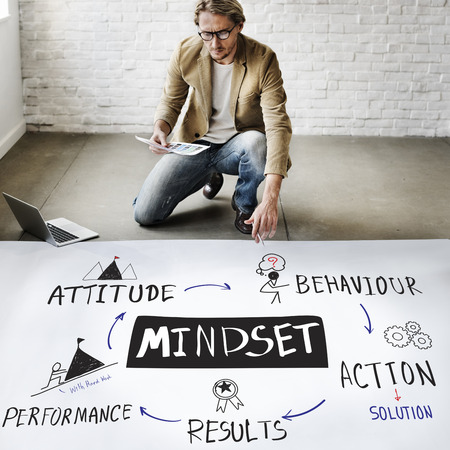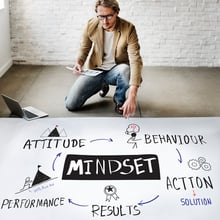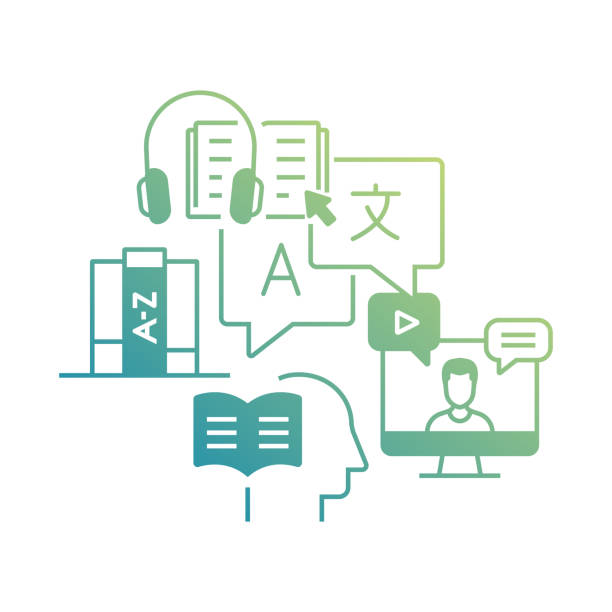2 min read
Managing Mindsets: Why it Matters in Modern Blended Learning
 Jennifer Hofmann
:
May 18, 2017 2:01:46 PM
Jennifer Hofmann
:
May 18, 2017 2:01:46 PM

 Modern workplace learning professionals wear many hats. Gone are the days of specialization. Our organizations expect us to design, deliver, implement, and manage entire training programs. Learners see us as facilitators, producers, learning guides, subject matter experts (SMEs), and sometimes technical support.
Modern workplace learning professionals wear many hats. Gone are the days of specialization. Our organizations expect us to design, deliver, implement, and manage entire training programs. Learners see us as facilitators, producers, learning guides, subject matter experts (SMEs), and sometimes technical support.
I’ve advocated for a modern title that encompasses all of our responsibilities – the Learning Experience Architect. We’re the hub of modern learning. To make the transition, we have to do more than assign ourselves a new label.
Why Mindsets Matter
As Learning Experience Architects, we need to manage the perceptions and mindsets of the people around us. We can master all of the tools and models we want, but if our organization doesn’t get it, it’ll appear that we’re just chasing a fad.
If we’re going to be valued as Learning Experience Architects, we have to design effective learning and manage the change. We can plan for and create the most perfect blend, but that doesn’t mean people will accept it. Without buy-in, the initiative fails.
Making Moves
How do we manage the mindsets of our learners, facilitators, designers, and stakeholders so we can maximize what we’re trying to do? I think this is going to be the hardest part of what we do. We can reskill ourselves, but we can’t prove to everyone else that different delivery methods are as effective as traditional face-to-face training.
Stakeholders and learners will say, “Prove to me this works.” This is a fair question and a big undertaking. Comparably, after one day of face-to-face delivery, we can fix issues or have it delivered better the next time. We know right away if it works. With blended learning, we don’t know we’re going to be successful for weeks, or even months, depending on the complexity of the blend.
One of our biggest issues is keeping up the momentum of the blend. If you’ve got a seven week virtual classroom program that includes two hours a week of live instruction plus community based learning, reading, and outside work, it’s hard to keep up momentum. How do you make sure week seven learners are just as engaged as they were in week one? And even if they’re engaged, how do we prove to managers the time they’re spending makes sense? This is going to be a big change, and every organization is going to need a way to address the change.
In order to direct this change, we need to arm ourselves with basic theory. I use modern workplace learning principles, Push Training vs. Pull Learning, and the 5 Moments of Learning Need. These models provide a framework for supporting modern learners by embedding resources in the flow of work. We need to understand and be able to justify why we’re delivering what type of content in a particular time and place. These are three theories to help you. You need to learn, not just about the theory, but integrate the concepts.
Providing content and context when and where the learners need it will make it a more impactful program. In a short run, we may feel a bit of pain. Learning about these concepts and others will help you direct the change and advocate for the blend.

Fall in Love with Blended Learning, Like I Did in 1975
I am a product of Public Television. As a child, my hours of daytime television were limited to the line-up on local Channel 13. Mr. Rogers’...

Learner Engagement: Why is it important? How is it measured?
Our research identified that learner engagement turns on three factors: An emotional response to the training—How does the learner “feel” about the...

